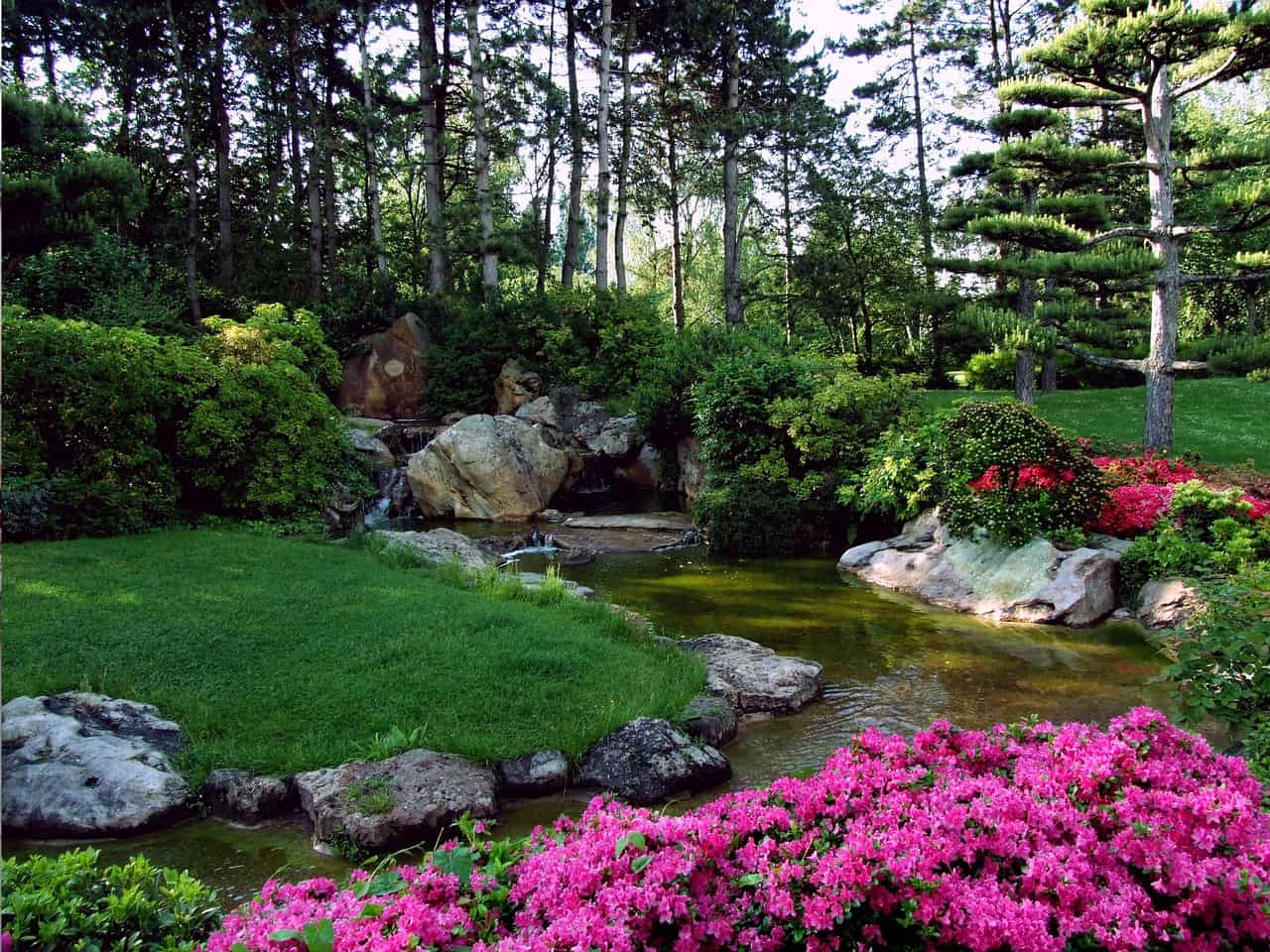Japan is renowned for its stunning array of flora, with nearly 30,000 species of plant found across the country. In this article, we’ll be taking a look at an assortment of traditional Japanese plants that are sure to add a touch of elegance to your home or garden.
Azalea (Rhododendron)
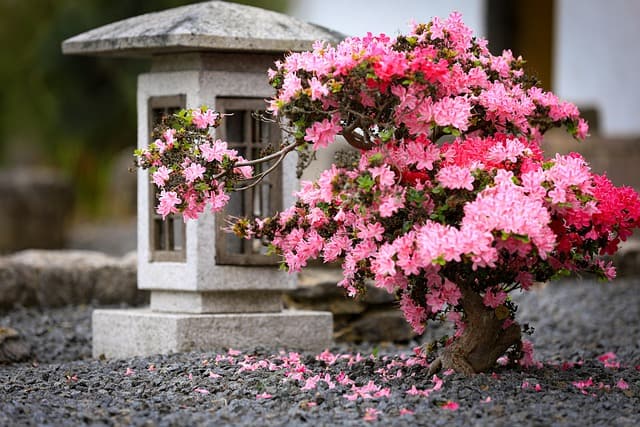
The azalea is a type of Rhododendron that is native to Asia. It is a popular plant in Japan and has been used in the country for centuries. Azaleas can be found in a variety of colors including pink, white, red, and purple. They are often used as ornamental plants in gardens.
Bamboo (Fargesia and Phyllostachys)
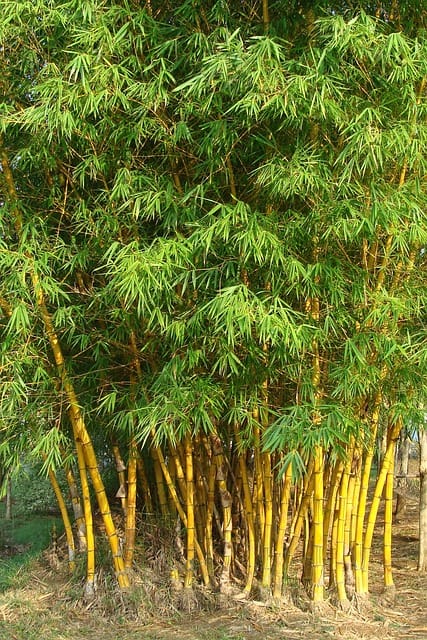
Bamboo is a type of grass that is native to Asia. There are many different species of bamboo, but the two most popular types used in landscaping in Japan are Fargesia and Phyllostachys. Bamboo is often used in construction and furniture-making due to its strong and durable properties. It is also a popular plant in Japanese gardens because it represents strength and resilience.
Camellia (Camellia Japonica)

The camellia is a flowering plant that is native to East Asia. Camellias are evergreen plants that can grow to be quite large. They produce beautiful flowers that come in a variety of colors including white, pink, red, and yellow. The camellia is one of the national flowers of Japan.
Cherry (Prunus)
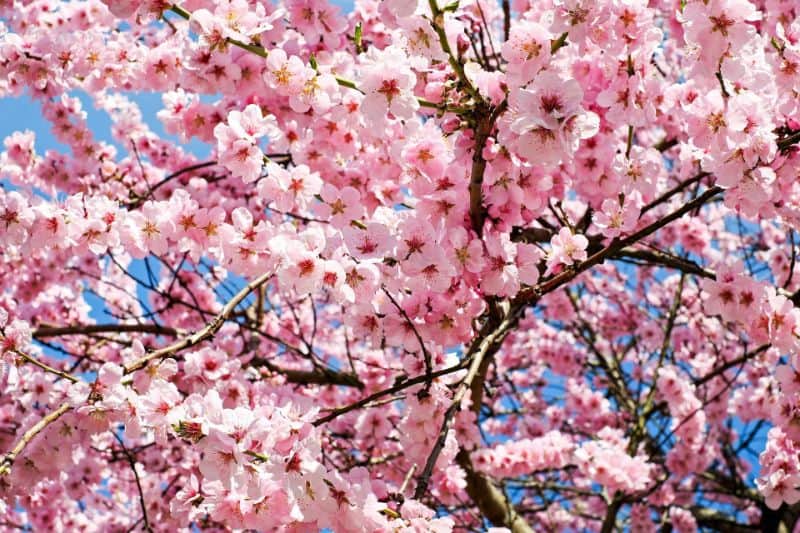
The cherry tree is native to East Asia and belongs to the genus Prunus. Cherry trees are widely cultivated for their beautiful flowers as well as their delicious fruit. In Japan, cherry blossoms are enjoyed during hanami, which is a spring tradition where people gather together to picnic beneath blooming cherry trees.
Cherry trees also play an important role in Japanese culture and mythology. For example, they are said to be the home of kami (gods or spirits) in Shinto beliefs.
Hosta
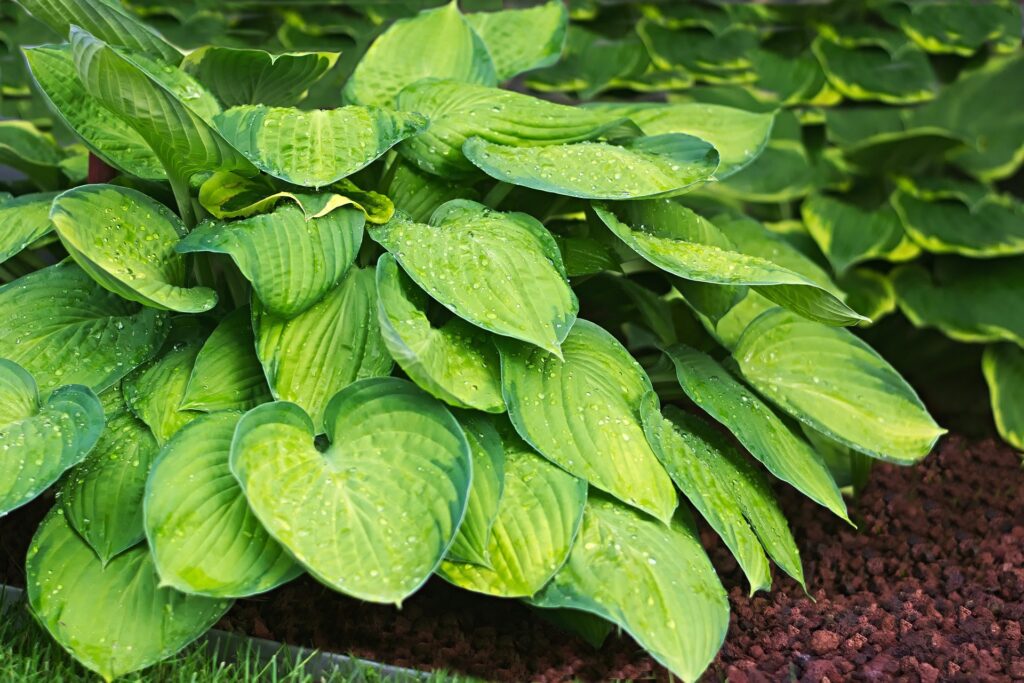
Hostas are perennial flowering plants that are native to northeast Asia. They have large leaves and produce small flowers in shades of white, blue, or lavender. Hostas are shade-loving plants that are popular additions to Japanese gardens. They represent wisdom and beauty in Japanese culture.
Hydrangea (Hydrangea)
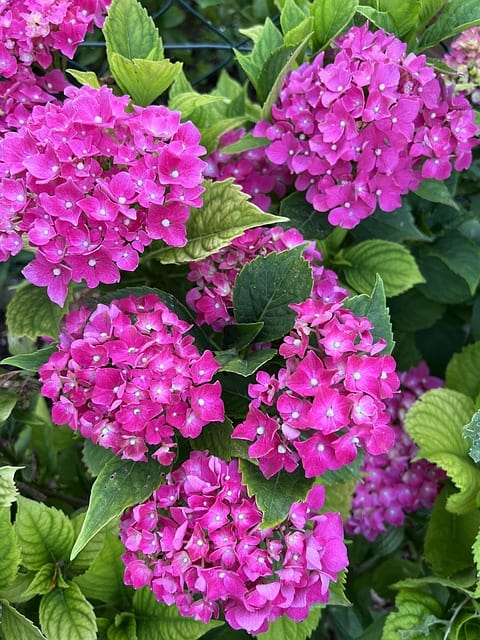
The Hydrangea is a popular choice for both gardens and potted plants in Japan. These showy flowers come in a range of colors, including blue, pink, purple, and white. Hydrangeas symbolize heartfelt emotions, making them a popular gift for occasions such as graduations and weddings.
Iris (Iris)
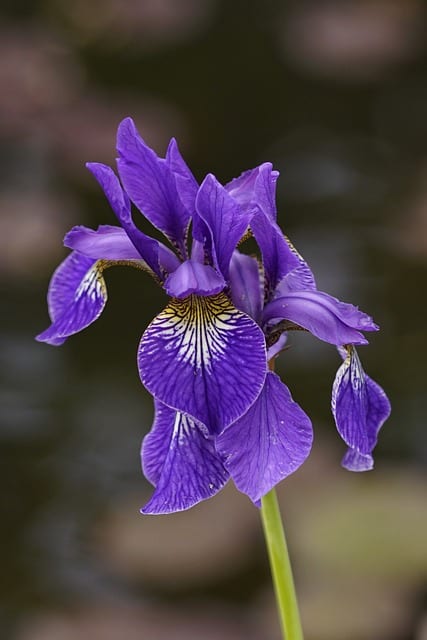
There are over 300 species of Iris native to Japan, ranging in color from vibrant reds and yellows to more subdued hues of blue and purple. Irises are often associated with springtime and new beginnings, making them a popular choice for gardens. These hardy plants are also relatively easy to care for, requiring little more than well-drained soil and full sun to thrive.
Lotus (Nelumbo nucifera, Nelumbo lutea, and Hybrids)
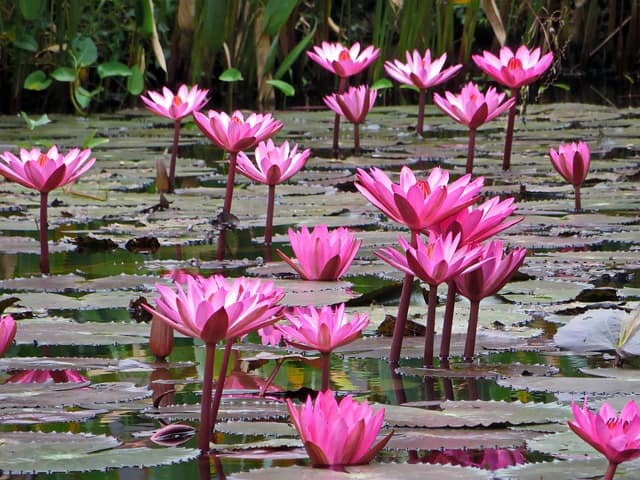
These beautiful flowers are originally native to Asia but have been introduced to gardens around the world. Lotus flowers come in a variety of colors, including white, pink, yellow, and red. In Japan, lotus flowers are often used in religious ceremonies and celebrations. Lotus plants can be difficult to care for if you don’t live in a warm climate; they require full sun and stagnant water that is at least 18 inches deep.
Wisteria (Wisteria Floribunda)
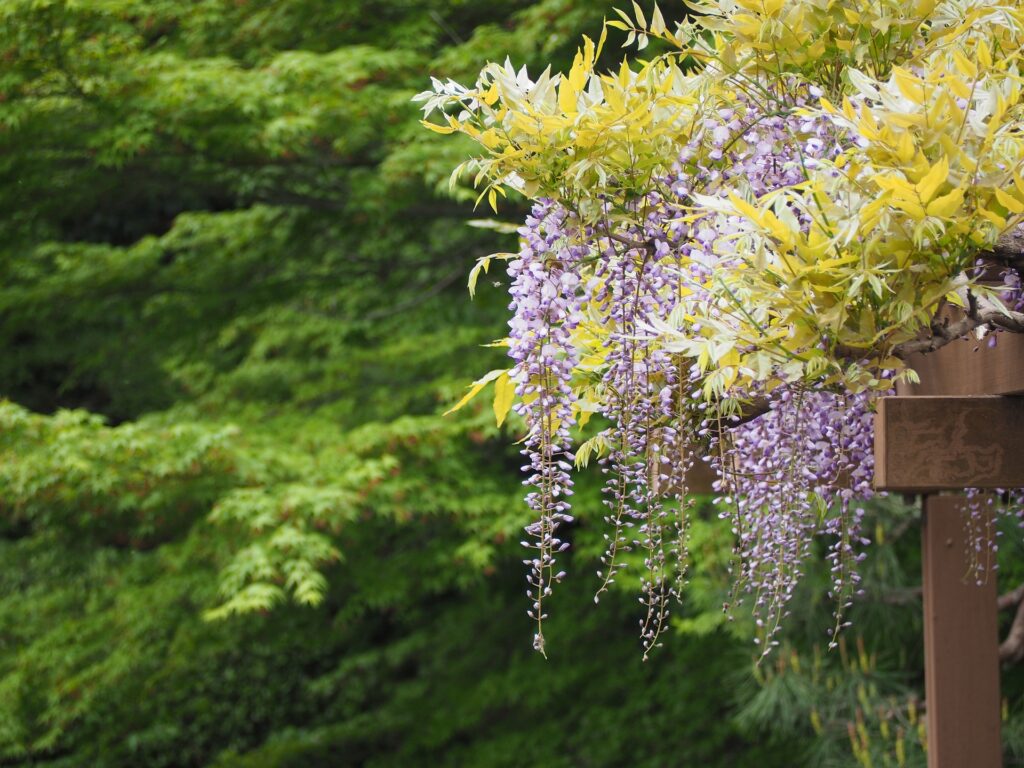
With its cascading clusters of purple or white blossoms, it’s no wonder the Wisteria is such a popular plant in Japan. These stunning flowers are most often seen draped over arbors, gates or fences in traditional Japanese gardens. Wisterias can be tricky to grow; they require full sun and well-drained soil but will not tolerate overly wet conditions. If you’re thinking of adding a Wisteria to your garden, make sure you have the patience to wait; these plants can take up to 15 years to reach maturity!


